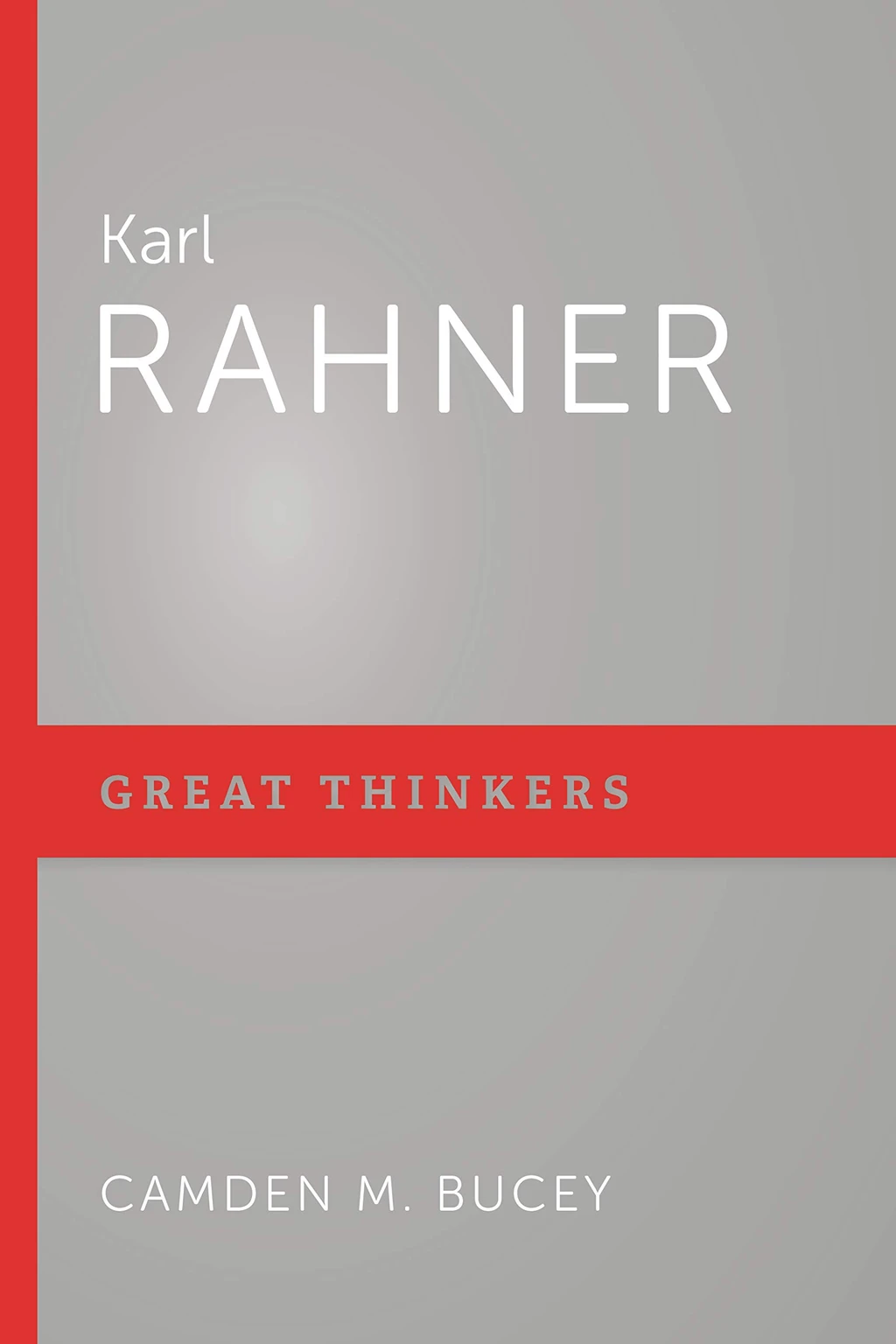
Camden M. Bucey
Reviewed by: Danny E. Olinger
Karl Rahner by Camden M. Bucey. P&R, 2019. Paperback, 184 pages, $11.50. Reviewed by OP minister Danny E. Olinger.
It is not hyperbole to equate the theological influence of Jesuit scholar Karl Rahner (1904–84) upon post-Vatican II (1962–65) Roman Catholicism with the influence of John Calvin upon the Presbyterian and Reformed tradition that followed the Protestant Reformation of the sixteenth century. Friend and foe of Rome alike acknowledge that Rahner’s theological methodology and conclusions, which came to be known as a theology of Trinitarian personality, stood central to Rome’s aggiornamento (updating).
Knowing Rahner’s importance, many Protestants have picked up one of Rahner’s publications (which number 1,651, according to the Karl Rahner Society) only to find themselves bewildered about what he is saying. In the words of Robert Strimple, the great Reformed critic of Roman Catholicism: “Rahner is not easy to read.” Help has arrived in Camden Bucey’s excellent addition to P&R’s Great Thinkers series.
Bucey explains that Rahner’s overarching concern is to explain how God communicates himself to humanity in the modern world. For Rahner, the Infinite Majesty lovingly offers himself to us; we become human precisely in the sense that we give ourselves away to him. Consequently, the incarnation of Christ is the necessary and permanent start of reconciliation between God and man, the divinization of the world as a whole. Rahner said, “In Christ, God’s self-communication takes place basically for all men, and there is ‘hypostatic union’ precisely in so far as this unsurpassable self-communication of God ‘is there’ irrevocably in a historically tangible and self-conscious manner” (47).
But, even the short paragraph above has so much baggage. Rahner believed this reconciliation is not because man has sinned before a holy God. It is needed—and here Rahner fully adhered to Roman Catholic dogma—because God created man ontologically lacking. Christ’s hypostatic union is the conduit of ontological self-communication that heals this deficiency of essence in man. This hypostatic union is the means for eternal communion with God even prior to the fall into sin. Forgiveness and justification do not require a judicial reckoning.
Bucey counters that Rahner misunderstands the problem and the solution. God creates man upright in his image. The problem is not that man in his essence is deficient, but that the first man, Adam, sinned as he failed to obey the command of God. The solution is not simply that God became man, but that the God-man, Jesus Christ, died on the cross to pay the price for sin and rose again from the dead for the justification of his own. God gives himself to his own in a mystical and covenantal bond that has been brought about through the death and resurrection of Jesus Christ in history.
The different conclusions are because of different starting points. Rahner taught that any attempt to start with God as he is revealed in Scripture is a denial of the shared experience of what it means to be human. The worldly genius of Rahner in this methodological move is that it instantly put Roman Catholic theologizing on par with other academic disciplines that had turned to the knowing subject. But, salvation is not through the wisdom of the world. It is through that which Rahner abandons, the foolishness of the cross. And yet, Rahner is unarguably a premier theologian of the modern Roman Catholic Church. Those who believe that Rome is a safe haven should read Bucey’s book and see how radically differently the faith is understood there.
March 30, 2025
On the Trail with a Missionary
March 23, 2025
Midnight Mercies: Walking with God Through Depression in Motherhood
March 16, 2025
March 09, 2025
Zwingli the Pastor: A Life in Conflict
March 02, 2025
February 23, 2025
African Heroes: Discovering Our Christian Heritage
February 16, 2025
© 2025 The Orthodox Presbyterian Church